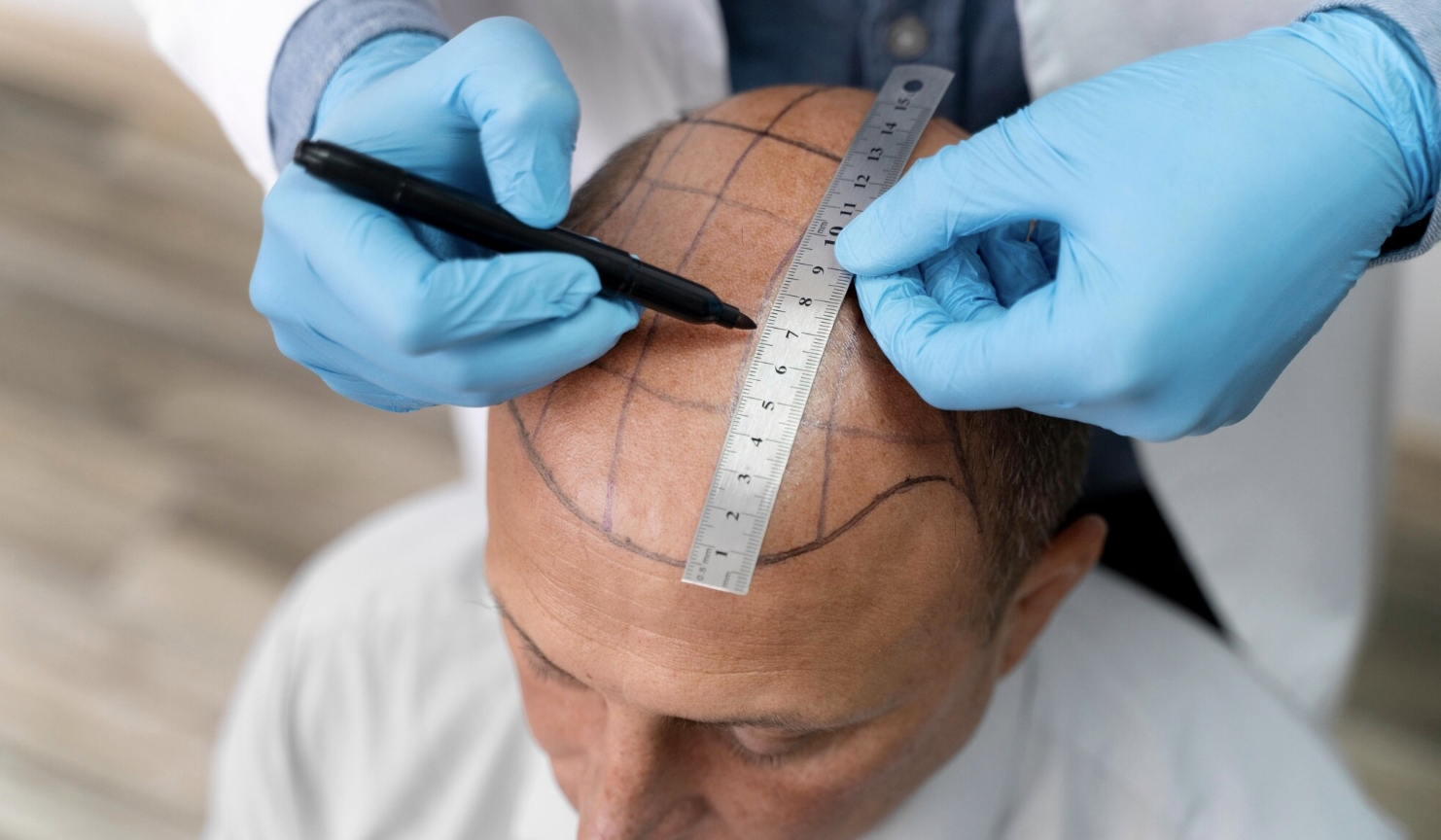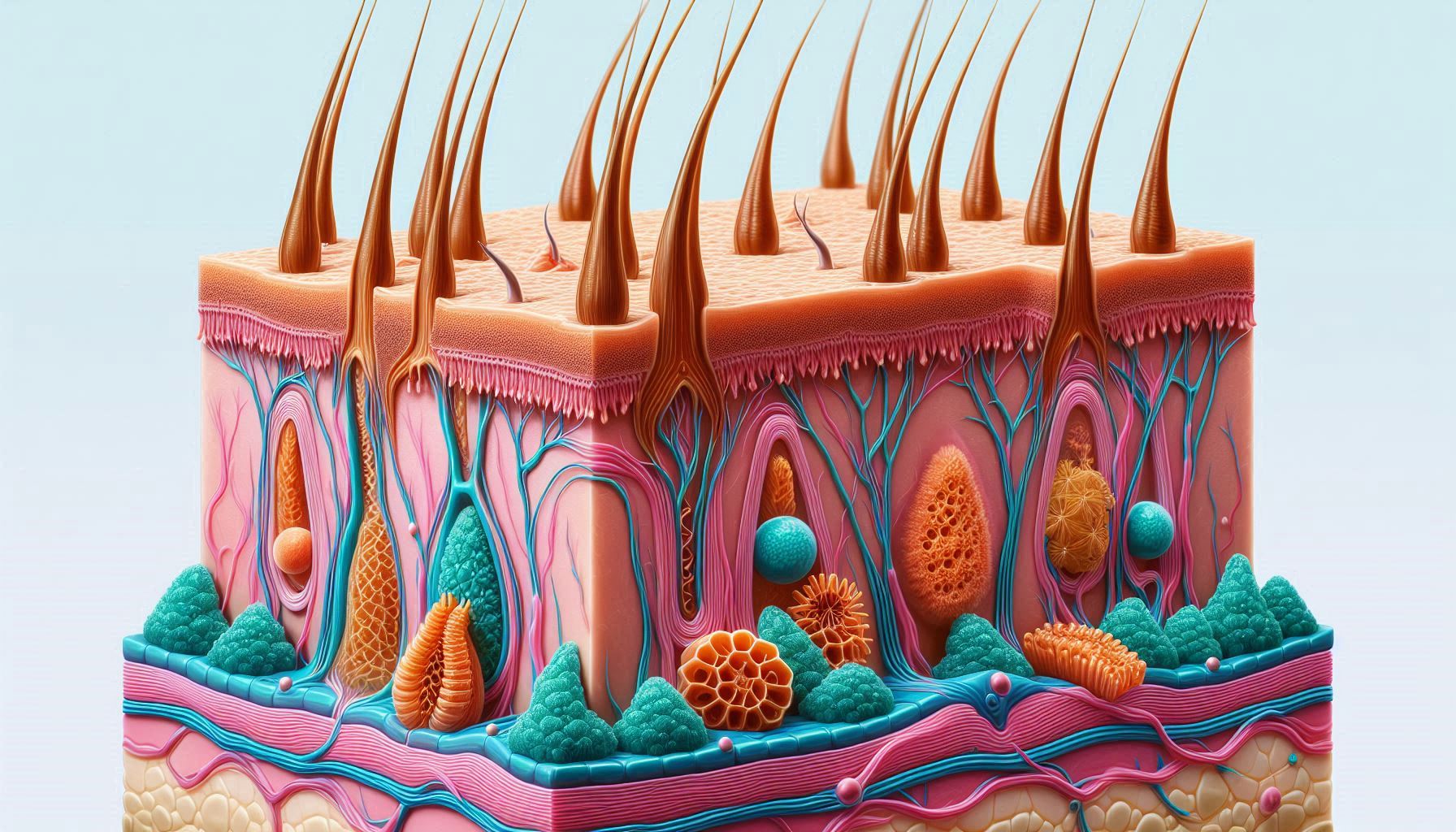
Restoring Your Hairline: A Comprehensive Guide to Temple Hair Transplant
Hair loss is a common concern for both men and women, and one of the first areas to show signs of thinning is often the temples. The recession of hair at the temples can drastically change the shape of your hairline, making your forehead appear larger and impacting your overall appearance. A temple hair transplant offers a targeted solution to restore hair in these areas, helping to recreate a natural, youthful hairline. In this article, we’ll dive into everything you need to know about temple hair transplants, including the procedure, benefits, candidacy, and recovery process.
Understanding Temple Hair Transplant
A temple hair transplant focuses on restoring hair to the temple regions, which are located on the sides of the forehead, where the hairline begins to curve back towards the ears. Hair loss in this area is typically characterized by a receding hairline, which can create an “M” shape on the forehead. For many, this is an early sign of male or female pattern baldness, and it can be distressing due to its impact on facial aesthetics.
Temple hair transplants involve extracting hair follicles from a donor area, usually the back or sides of the scalp, and transplanting them into the temple regions. The goal is to create a natural-looking hairline that complements your facial features and blends seamlessly with the surrounding hair.
The Temple Hair Transplant Procedure
The process of a temple hair transplant is similar to other types of hair restoration procedures but with a focus on the temple area. Here’s a step-by-step overview:
1. Consultation and Planning
Before the procedure, you’ll have a consultation with a hair transplant specialist who will evaluate your hair loss, assess the donor area, and discuss your goals. The surgeon will design a hairline that suits your facial structure and age, ensuring the transplanted hair will look natural and aesthetically pleasing.
2. Donor Area Preparation
The donor area, usually at the back or sides of the scalp, is prepared for hair extraction. This area is chosen because it typically contains hair that is genetically resistant to balding. The two most common techniques for extraction are Follicular Unit Extraction (FUE) and Follicular Unit Transplantation (FUT).
- FUE: Individual hair follicles are extracted one by one using a micro-punch tool.
- FUT: A strip of scalp is removed from the donor area and then dissected into individual grafts.
3. Hairline Design and Recipient Area Preparation
The surgeon will design the new hairline in the temple area, considering factors like the natural hair growth pattern, density, and your facial features. Tiny incisions are made in the temple region to receive the transplanted hair follicles.
4. Graft Placement
The extracted hair follicles are carefully implanted into the incisions made in the temple region. The placement of each graft is crucial for achieving a natural-looking result. The surgeon ensures that the angle, direction, and density of the transplanted hair mimic the surrounding hair.
5. Post-Procedure Care
After the transplant, you’ll receive instructions on how to care for the transplanted area to promote healing and hair growth. This may include recommendations for washing your hair, medications to reduce swelling, and follow-up appointments to monitor progress.
Benefits of a Temple Hair Transplant
A temple hair transplant offers several advantages for individuals looking to restore their hairline:
- Natural-Looking Results: When performed by an experienced surgeon, temple hair transplants can create a hairline that looks completely natural, with hair growing in the same direction and density as your existing hair.
- Permanent Solution: The transplanted hair is typically resistant to DHT, the hormone responsible for male and female pattern baldness. This means the results of a temple hair transplant are long-lasting and permanent.
- Boosted Confidence: A restored hairline can have a significant positive impact on your self-esteem and overall appearance, helping you feel more confident in social and professional settings.
- Minimal Scarring: With advanced techniques like FUE, the procedure results in minimal scarring, making it difficult to detect that a transplant has been performed.
Challenges of Temple Hair Transplants
While temple hair transplants offer many benefits, there are also some challenges and considerations:
- Complexity of Hairline Design: The temple area requires precise design to ensure a natural transition between the forehead and the sides of the scalp. The surgeon must consider factors like hair direction, angle, and density to achieve the desired results.
- Limited Donor Hair: For individuals with extensive hair loss, the availability of donor hair may be limited, making it important to prioritize areas of the scalp that need restoration.
- Gradual Results: Hair growth after a temple hair transplant is gradual, with full results typically visible within 12 to 18 months. Patience is key during the recovery process.
- Potential for Multiple Sessions: Depending on the extent of hair loss and desired density, some patients may require multiple transplant sessions to achieve their desired look.
Who is a Good Candidate for a Temple Hair Transplant?
Not everyone is a candidate for a temple hair transplant. Ideal candidates typically meet the following criteria:
- Mild to Moderate Temple Recession: Individuals with mild to moderate hair loss in the temple region are good candidates for this procedure.
- Sufficient Donor Hair: Candidates should have a healthy supply of donor hair in the back or sides of the scalp, which can be transplanted to the temple areas.
- Stable Hair Loss: It’s important that hair loss has stabilized before undergoing a temple hair transplant. Rapidly progressing hair loss may require a different approach or additional treatments.
- Realistic Expectations: Candidates should have realistic expectations about the outcome of the procedure, understanding that results take time to develop.
Recovery and Aftercare
The recovery process for a temple hair transplant is similar to other hair transplant procedures:
- Immediate Post-Op Care: In the first few days after the procedure, you may experience some redness, swelling, and mild discomfort in the treated area. Your surgeon will provide instructions on how to care for the transplanted area, including how to wash your hair and avoid activities that could disrupt the grafts.
- Shedding Phase: It’s normal for the transplanted hair to shed within the first few weeks after the procedure. This is a natural part of the process, and new hair will begin to grow in its place.
- Hair Growth: New hair growth typically begins within 3 to 4 months after the procedure. The hair will continue to thicken over the next 12 to 18 months, gradually revealing the final results.
- Follow-Up Appointments: Regular follow-up appointments with your surgeon are essential to monitor progress and ensure the best possible outcome.
FAQs About Temple Hair Transplants
1. How long does a temple hair transplant procedure take?
The procedure typically takes 4 to 8 hours, depending on the number of grafts and the complexity of the case.
2. Is the temple hair transplant procedure painful?
Local anesthesia is used to numb the scalp, so most patients experience minimal discomfort during the procedure. Post-operative pain is usually mild and can be managed with prescribed medications.
3. How much does a temple hair transplant cost?
The cost of a temple hair transplant varies depending on factors such as the number of grafts, the surgeon’s expertise, and the location of the clinic. On average, it can range from $3,000 to $8,000.
4. Will the transplanted hair look natural?
Yes, when performed by an experienced surgeon, the transplanted hair should blend seamlessly with your existing hair, creating a natural-looking hairline.
5. How soon can I return to work after a temple hair transplant?
Most patients can return to work within a few days to a week after the procedure, depending on their comfort level and the nature of their job.
6. Are the results of a temple hair transplant permanent?
Yes, the results are permanent, as the transplanted hair follicles are typically resistant to DHT, the hormone responsible for hair loss.
7. Can women undergo a temple hair transplant?
Yes, temple hair transplants are suitable for both men and women experiencing hair loss in the temple area.
8. How do I choose the right surgeon for a temple hair transplant?
Choose a board-certified surgeon with extensive experience in performing hair transplants, particularly in the temple area. Reviewing before-and-after photos and patient testimonials can also help in making an informed decision.
9. Will I need multiple sessions for a temple hair transplant?
In some cases, multiple sessions may be necessary to achieve the desired density and coverage, especially if there is extensive hair loss.
10. What should I avoid after a temple hair transplant?
Avoid strenuous activities, direct sunlight, and wearing hats or helmets for the first few weeks after the procedure. Follow your surgeon’s post-op instructions carefully to ensure optimal results.
Conclusion
A temple hair transplant is an effective and permanent solution for those experiencing hair loss in the temple region. By restoring hair in this area, you can achieve a natural-looking hairline that enhances your appearance and boosts your confidence. While the procedure presents unique challenges, choosing an experienced and skilled surgeon can make all the difference in achieving the
best possible results. If you’re considering a temple hair transplant, take the time to consult with a qualified hair restoration specialist who can guide you through the process and help you make an informed decision. With proper care and realistic expectations, a temple hair transplant can be a transformative experience, helping you regain not just your hair, but your confidence and sense of self as well.




